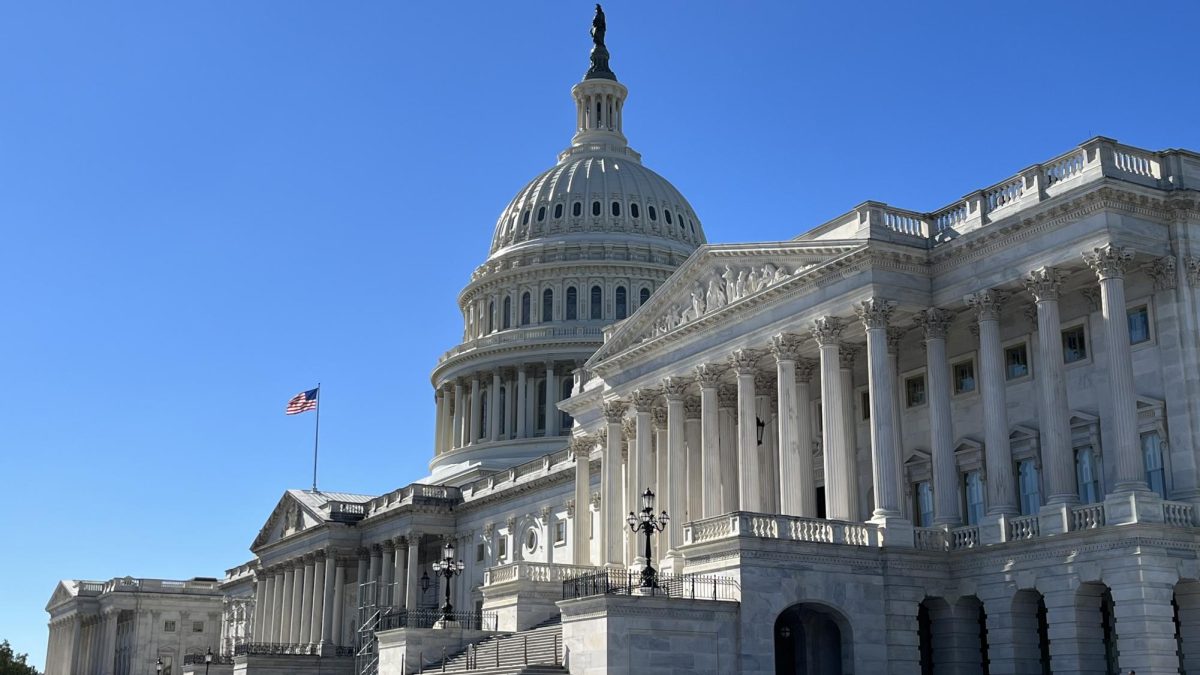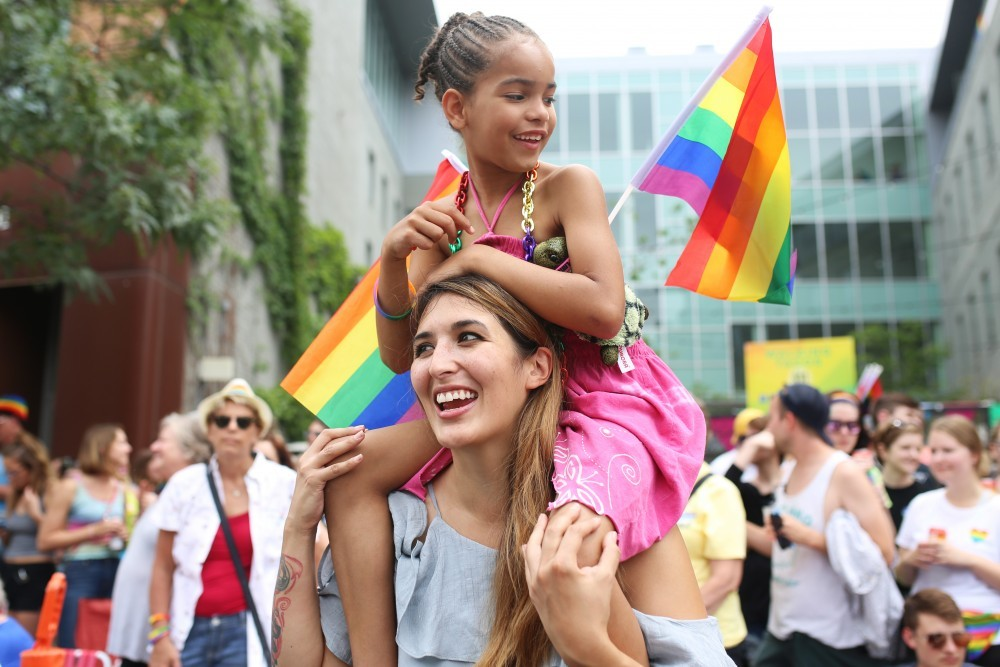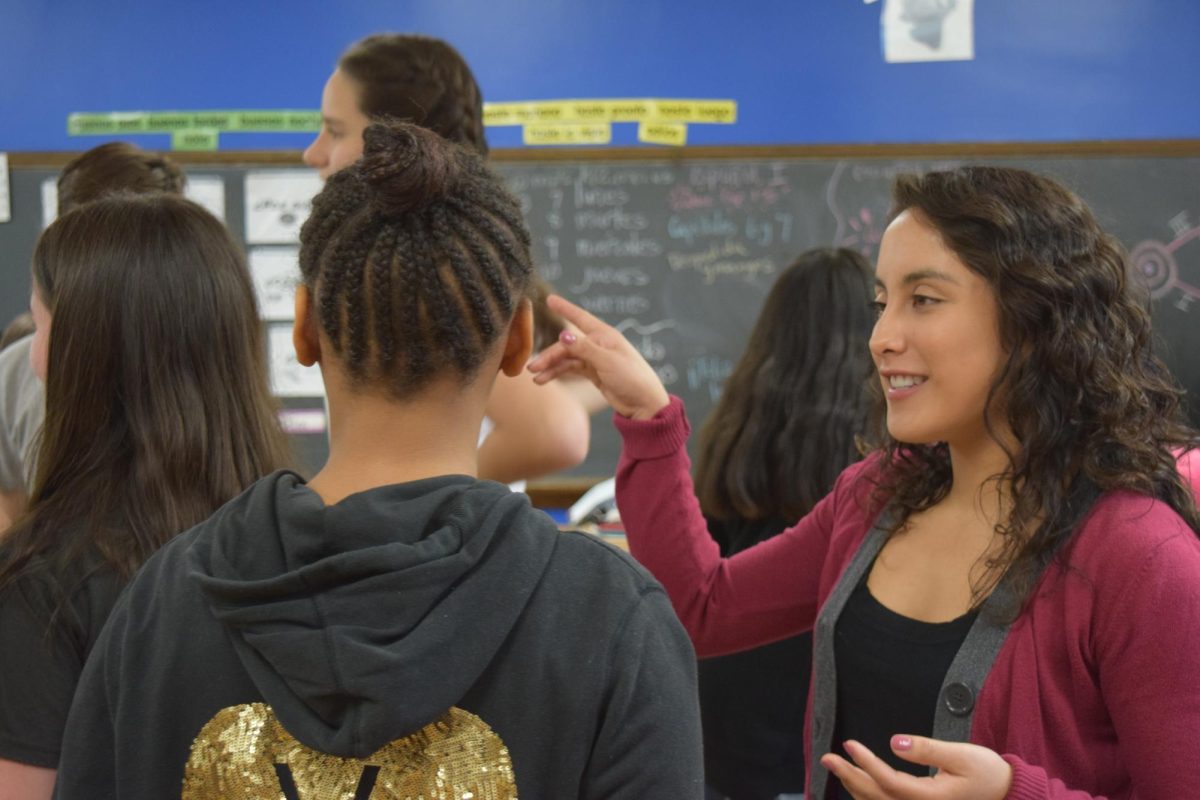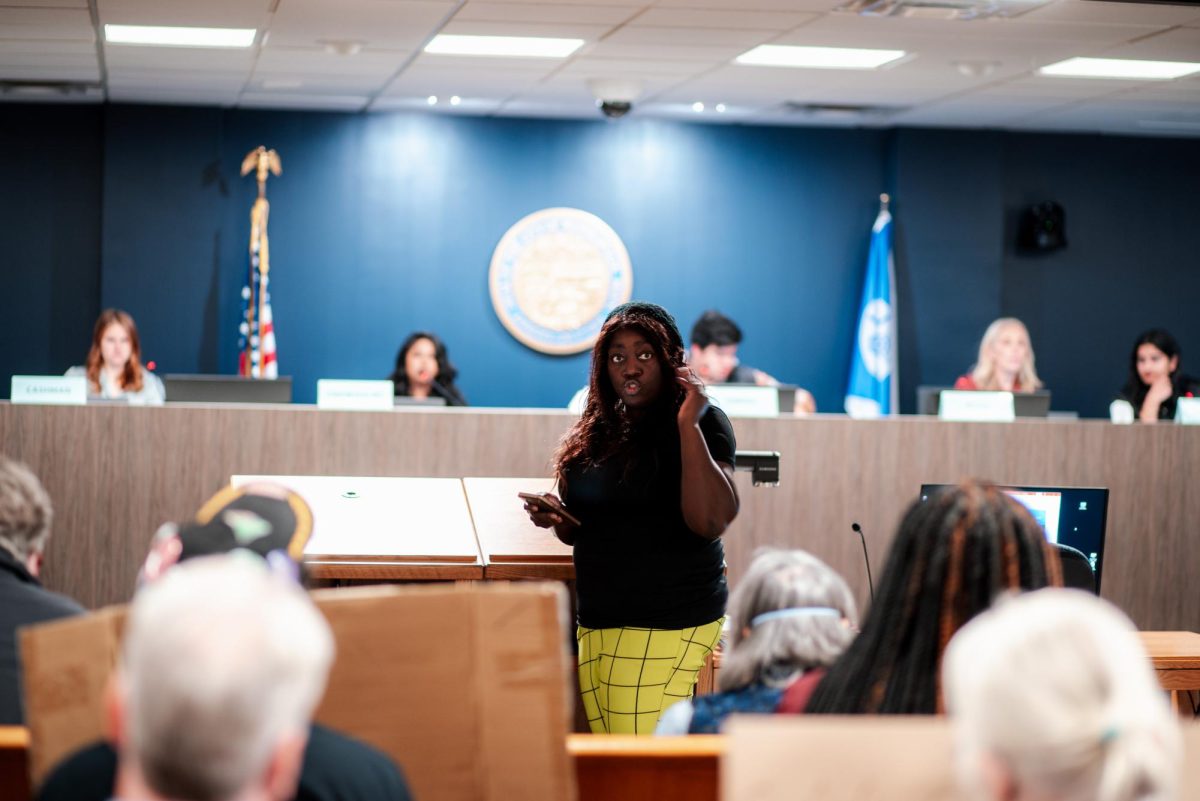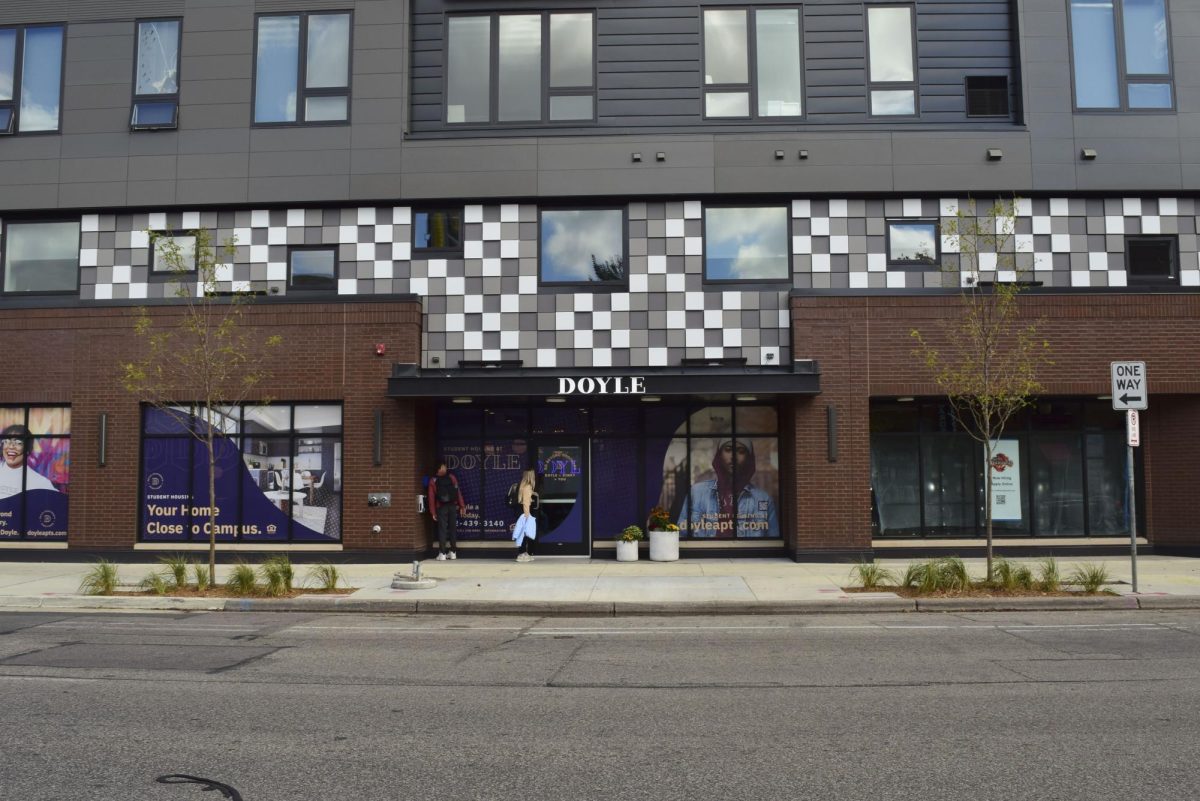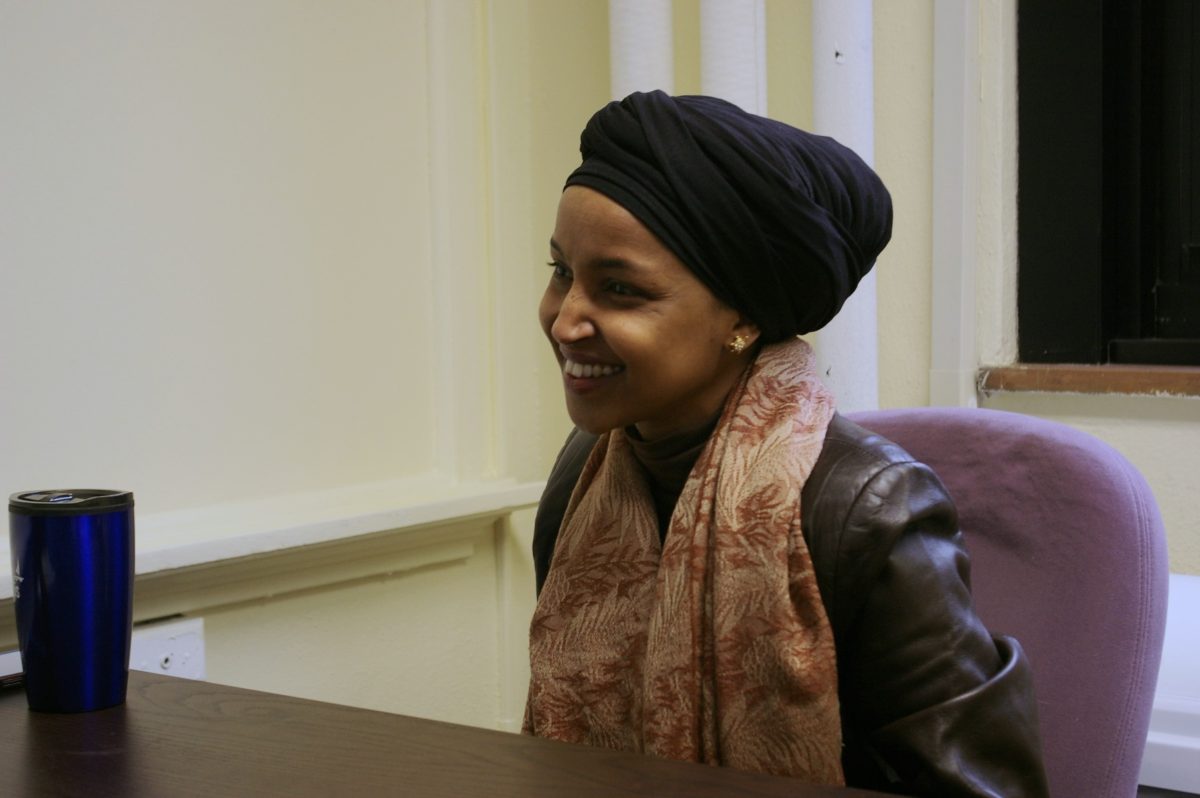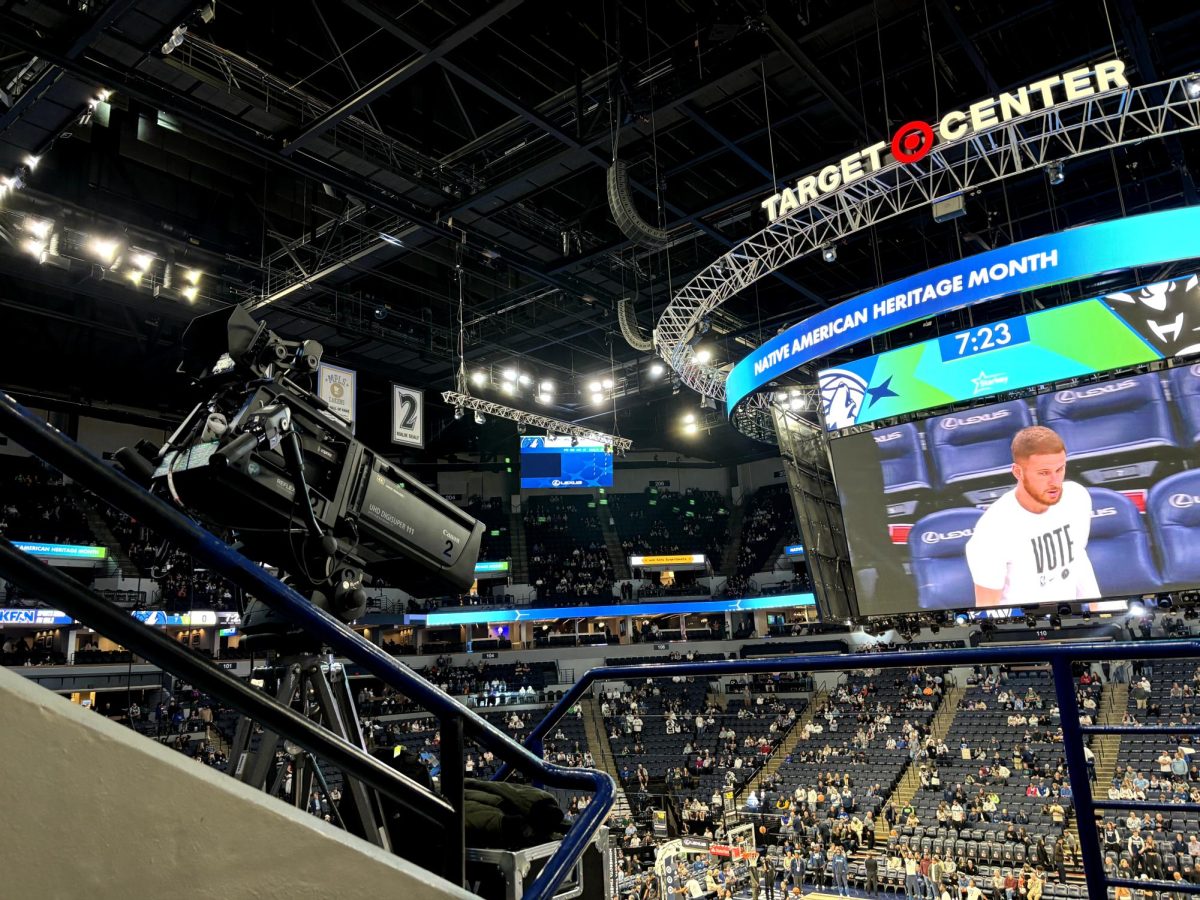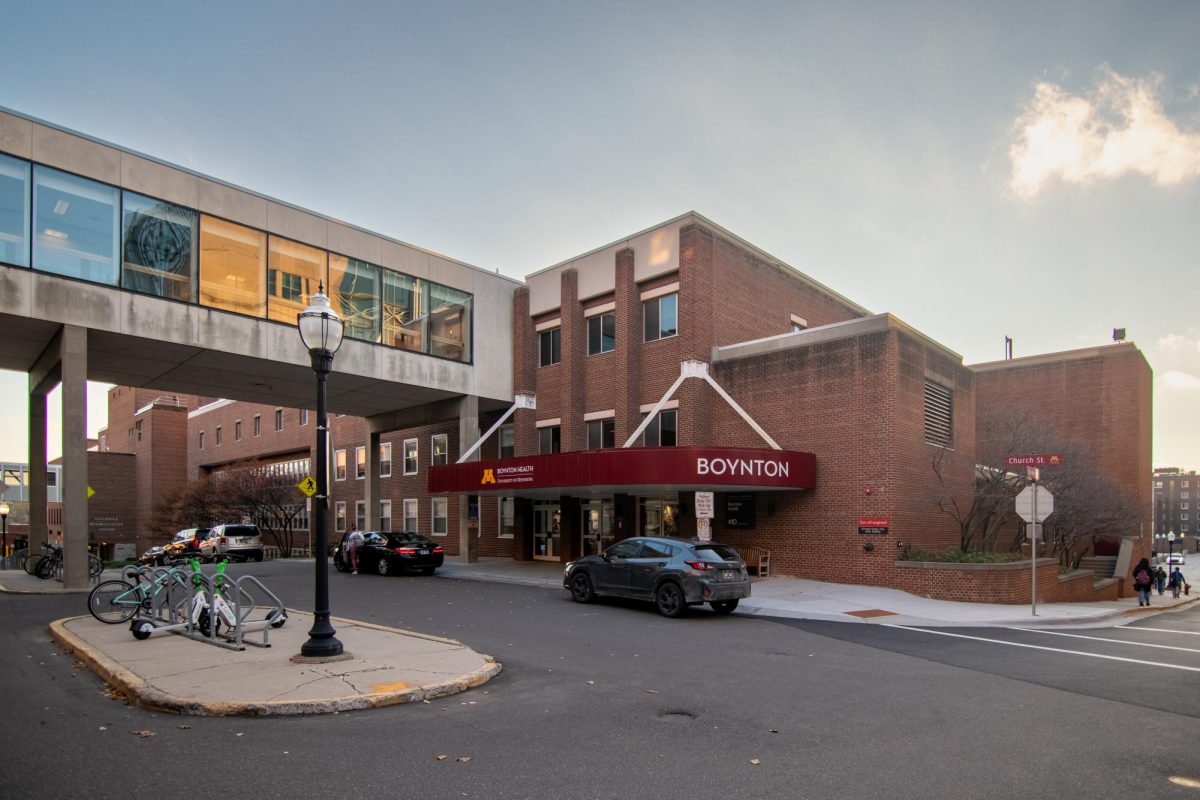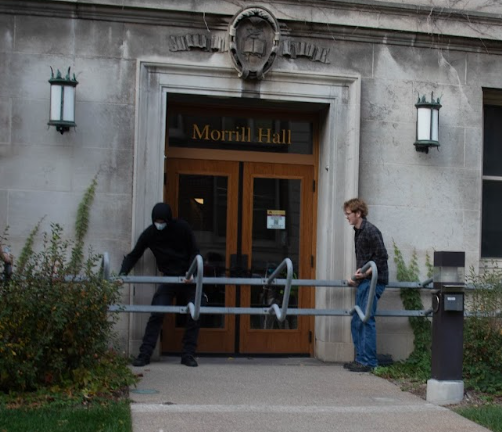Approximately $97 million in COVID-19 relief funding has been designated for the University of Minnesota as part of President Joe Biden’s American Rescue Plan Act, the largest amount of aid given to the University within a relief package during the pandemic.
Forty-eight million dollars of those funds will be delivered to eligible students through grants, while the remaining portions will support areas of the University experiencing lost revenue due to the pandemic. Congress passed the plan, and the president signed it into action on March 11. The plan designates nearly $40 billion in relief funds to higher education.
The distribution model is similar to the Coronavirus Aid, Relief, and Economic Security Act package passed last year, which involved splitting the available funds into three categories for the University to allocate to students.
It is unknown when the University will gain access to the funds and begin distributing aid to students. However, the University will receive guidance on these processes from the U.S. Department of Education. The rescue plan encourages universities to use these funds to support students facing homelessness and food insecurity due to the pandemic.
The University, which experienced a $66 million budget deficit in fiscal year 2020, is now estimating a $170 million budget deficit for fiscal year 2021, said Senior Vice President for Finance and Operations Myron Frans. Although this additional funding from the government is helpful, it only covers a small portion of the deficit, he said.
“The money that we’re getting from the federal government is helpful, but it will not solve the budget deficit for fiscal year ‘21 by itself,” Frans said. “We’re going to have to use reserves and budget cuts to solve the overall problem.”
The increased funding is in recognition of the increased financial stress on universities due to the pandemic, said Craig Lindwarm, vice president of Governmental Affairs for the Association of Public & Land-Grant Universities.
The University will use the funds to offset financial losses in areas directly impacted by the pandemic, like tuition, housing, dining and parking. Funds can also be used to help pay for additional expenses as a result of the pandemic, like purchasing technology to support online learning, Frans said.
“Our challenge now is trying to figure out how we can equitably use this money, that doesn’t solve the entire deficit, but how do we use it to do the most good in the best possible way,” he said.
Lindwarm said there was a “clear congressional interest” in providing aid to students impacted by the pandemic, who may be from low-income families, or are experiencing food insecurity or homelessness.
The pandemic has exacerbated food insecurity among students, said University student Trey Feuerhelm, co-director of the student organization Swipe Out Hunger. Identifying students who are facing hunger can be difficult, as food insecurity looks very different for each person, he said.
“There’s no doubt that food insecurity has increased, just in general, but taking it at that college lens, most college students work in the service industry, working in those restaurants working in, you know, maybe a bar or at a movie theater or things like that. Those industries were completely obliterated, and they still are. So in terms of college students, the need has only gotten worse.”
Homelessness has been a long-standing issue for students in Minnesota, said Ann Masten, a professor in the College of Education and Human Development who researches homelessness.
“In Minnesota, as in many states, students of color are overrepresented among young people experiencing homelessness — students at disproportionate risk in Minnesota schools are African American, Indigenous and Hispanic,” Masten said in an email to the Minnesota Daily. “The safety nets we have for poverty, housing stability, mental health care and for children and families, in general, have big holes — the American Rescue plan appears to take important steps toward fixing some fundamental problems.”



